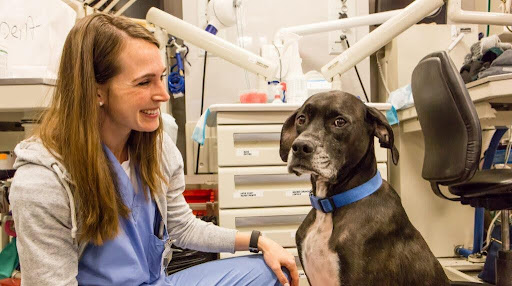
Bringing a pet into your family’s life marks a significant change that deserves thoughtful consideration. It’s crucial to evaluate several key aspects that will shape both your family’s daily routine and your future pet’s happiness.
Here are six things to consider when you’re thinking about getting a family pet.
1. Financial Responsibilities and Budgeting
Getting a pet means embracing a whole new set of financial responsibilities. Beyond those initial adoption fees, you’ll need to think about ongoing costs that add up throughout your pet’s life. Regular expenses include premium pet food, yearly checkups, essential vaccines, and basic care needs. Many pet owners find themselves budgeting for and scheduling regular appointments for services like dog grooming in Alamo Heights and similar professional care services. Setting up a detailed monthly budget covering food, supplies, grooming, routine vet care, and an emergency fund will help you stay prepared.
2. Time Commitment and Daily Care Requirements
Every type of pet comes with its own unique time demands. Dogs usually need the most attention, requiring several daily walks, consistent training, and plenty of interaction, typically 30 to 120 minutes of active exercise each day. While cats might seem more independent, they still depend on regular feeding schedules, clean litter boxes, and quality playtime. Smaller pets like rabbits or guinea pigs need daily cage maintenance, regular feeding, and supervised exercise periods. Take a close look at your family’s schedule and consider how you’ll manage these daily responsibilities. Creating a shared care schedule among family members can help ensure your pet receives consistent attention and care.
3. Living Space and Environment Considerations
Your home environment plays a huge role in determining what type of pet might fit best with your lifestyle. Large dogs need plenty of room to stretch their legs, both inside and in outdoor spaces, while cats often adapt beautifully to apartment living. Think about practical aspects like yard size and any local pet regulations. If you’re renting, you’ll need to check those landlord policies too. Climate matters more than you might think; some breeds struggle in certain weather conditions, like short-nosed dogs in hot climates. Take time to evaluate your living space and consider what modifications might be needed to create a safe, comfortable environment for your new pet.
4. Family Dynamic and Lifestyle Compatibility
Finding the right pet means considering every family member’s needs and preferences. Think about potential allergies, how active your family is, and what your typical daily routine looks like. Some pets, particularly breeds like Golden Retrievers, thrive in busy, active households, while others prefer calmer environments. The age of your potential pet matters too; those puppies and kittens need significantly more training and attention than their adult counterparts. The most successful pet relationships happen when families choose animals whose energy levels and temperaments match their own lifestyle.
5. Long-Term Commitment and Future Planning
Adding a pet to your family means making a commitment that could last 10-15 years or even longer. It’s important to think about potential future changes in your life, such as relocations, career shifts, or family growth. Start building a reliable support network for pet care during vacations or emergencies. Develop a detailed care plan that includes backup caregivers, trusted veterinarians, and emergency contacts. Make sure to document specific care instructions, from feeding schedules to medication needs and behavioral quirks.
6. Preparation and Training Requirements
Getting ready for a new pet requires thorough preparation. This means pet-proofing your space, gathering essential supplies, and establishing relationships with veterinarians and other pet care providers. Different pets have varying training needs; puppies require extensive house training and basic obedience work, while adult cats might just need to familiarize themselves with their litter box location. Consider researching training techniques and local training classes. Pets who receive proper training and socialization early on tend to become better-adjusted.
Conclusion
The journey to pet ownership requires careful consideration of numerous factors, from financial planning to long-term commitment. By thoroughly evaluating these aspects, you’ll be better prepared to create a happy, healthy environment for your new pet.









